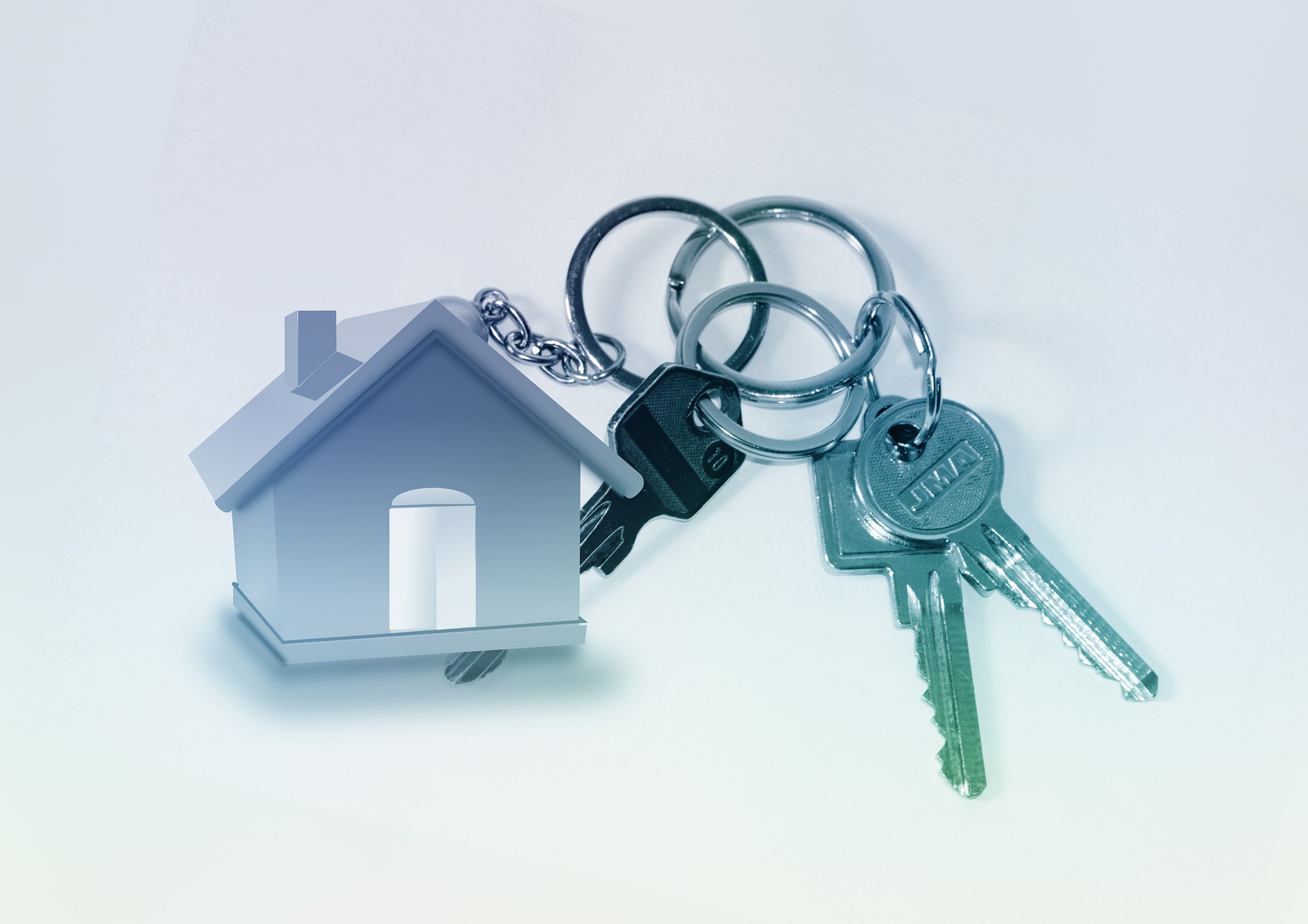Part 2 – Step-by-Step Guide To Inheriting Spanish Property
Our specialist team in Spanish wills and inheritances, have created a series of articles about inheriting in Spain. Part two of this step-by-step guide provides the actions needed to take when a friend or relative has unfortunately passed away.
Read through the first three steps here.
Step Four
Once we have verified who inherits the Spanish assets according to the will or intestacy rules, we will apply for the tax identification number (an NIE) for the beneficiaries as it is compulsory to refer to this number in the inheritance deed. In some occasions when an executor is involved in the inheritance process, an NIE for the executor will be also required. The NIE is issued by the local police in Spain and once obtained, it has to be registered with the Spanish tax office. The lawyer instructed by the beneficiaries in Spain would normally obtain the NIE using the power of attorney (POA) which is the document whereby the beneficiaries authorise a lawyer to act on their behalf in order to complete the probate process in Spain. The POA is signed at a notary office either in Spain or abroad. The lawyer will draft the POA and will liaise with the notary. If the POA is signed out of Spain, it must be legalised in order to be valid here in Spain.
Step Five
Now that we know who inherits the Spanish assets, the law that applies and we have a list of the assets in Spain along with the Power of Attorney and NIE for the beneficiaries, we are ready to proceed with the signing of the Spanish deed of acceptance of inheritance. However before the deed is signed, it is necessary to prepare an estimate of the costs that will be payable once the Spanish deed of inheritance is signed. In essence the costs will comprise notary fees, land registry fees, inheritance tax and the plusvalia (a local town hall capital gains tax payable on period of ownership) and any other fees or costs that may have arisen in the process such as outstanding community fees. These costs will then be deposited with the lawyer in order to settle the costs, after the deed has been signed.
Step Six
Signing the Spanish inheritance deed (known as Escritura de Aceptacion y Adjudicacion de Herencia) is the next step. This is the key document whereby the beneficiaries formally accept the Spanish estate and it sets out the proportion that each beneficiary inherits and the value of the estate. Therefore it is the title deed that proves the beneficiaries are now the legal owners of the Spanish assets.
The inheritance deed must be signed at the notary office, the notary witnesses the signature and content of the deed. This is why we say the deed is a “public document” as the notary is considered a public authority in Spain appointed by the Spanish government. Therefore signing the deed implies that the inheritance process will be formally declared and public authorities as the tax office in Spain will become aware of it.
In practice the lawyer will provide all the original documentation to the notary prior to the appointment with the notary for him to verify that all the legal requirements are met. The lawyer can have the inheritance deed signed on behalf of the beneficiaries as long as the lawyer has their POA. It means that the beneficiaries do not need to attend personally the meeting with the notary public if a POA was granted.
The inheritance deed will reflect the beneficiaries details and the estate value. Based on this value the inheritance taxes will be settled. If a property exists we will normally use either the official valuation from a valuator, the market value as stated by a real estate agent or the minimum tax value as assessed by the tax office. Whichever the value we use the tax office is always entitled to challenge the value if they consider it is low. If a bank account exists the bank certificate issued by the bank will reflect the account balance on the date of death.
Once the deed has been signed, it will be collected, notary fees paid, inheritance taxes settled and then sent to the Foreigner office in Madrid to be stamped after which the deed can be sent to the local land registry where the property is registered if the assets includes property, so the heirs can be registered as owners. If the assets include bank accounts or shares, then the deed will be sent to these financial institutions so that the funds can be transferred to the heirs and the accounts closed or in the case of shares, these can be sold.
Contact our legal team at My Lawyer in Spain to assist you with legal matters relating to an inheritance, or any questions you may have concerning making of Wills.




